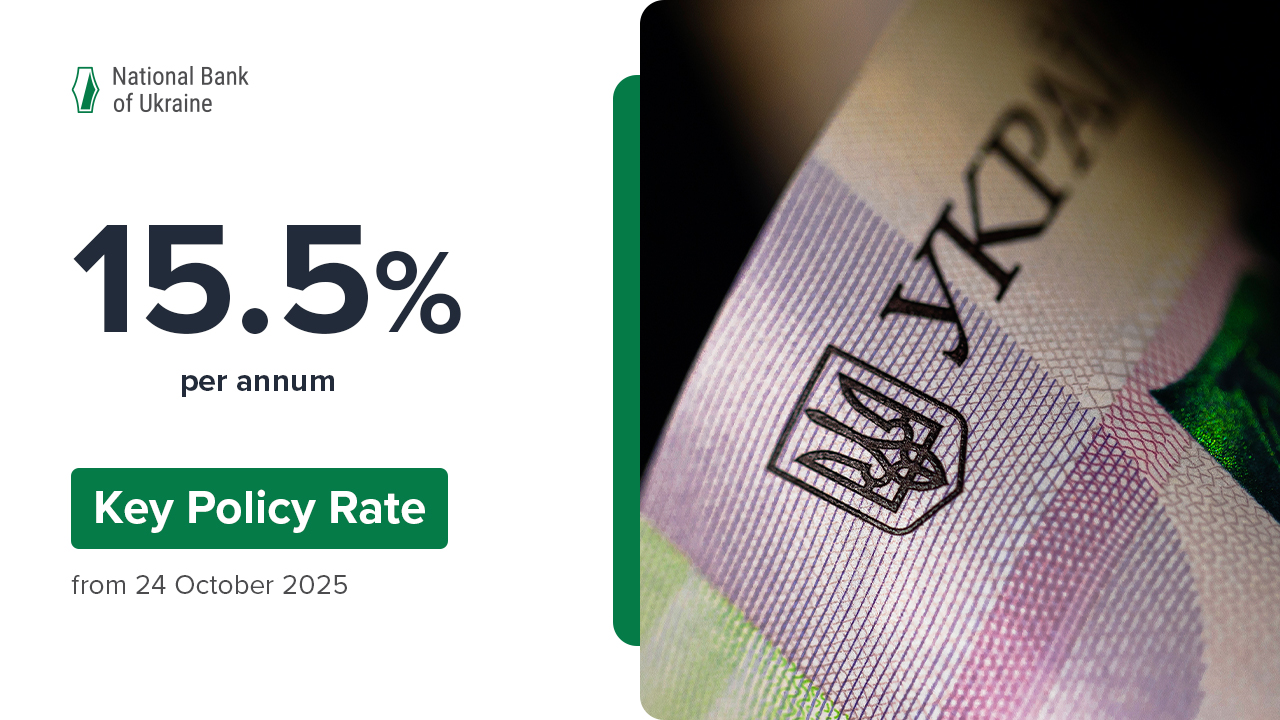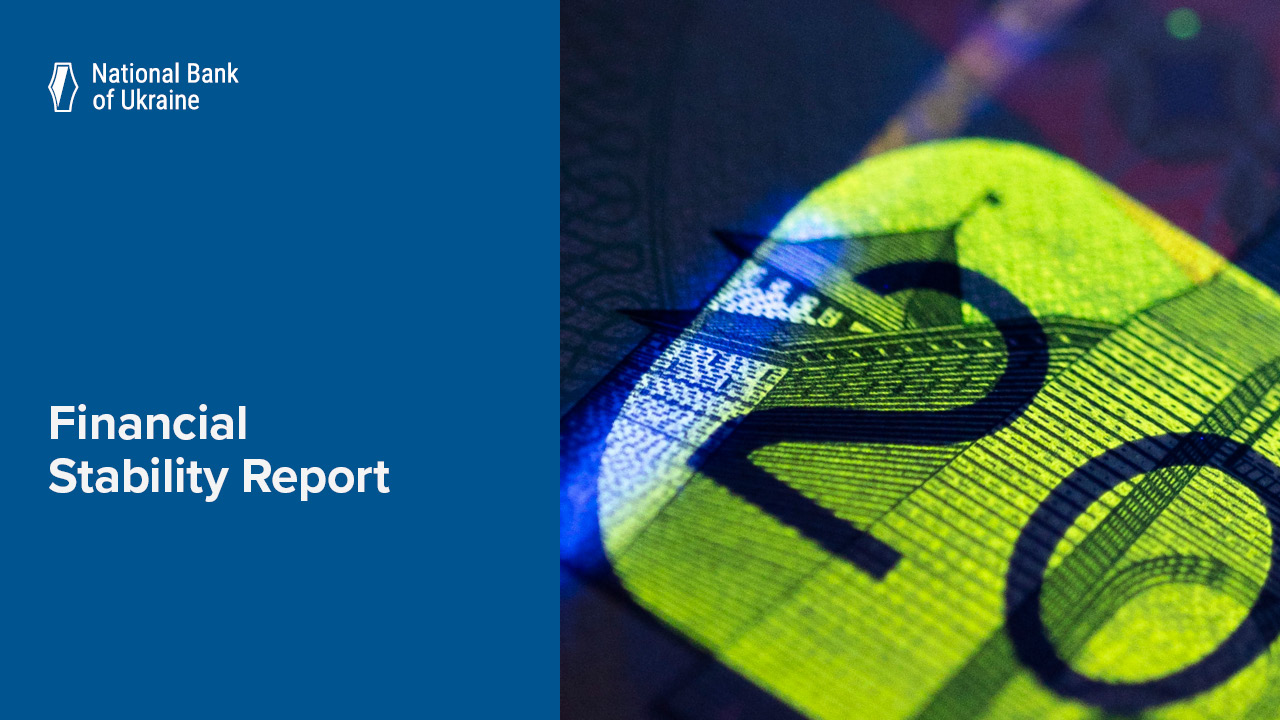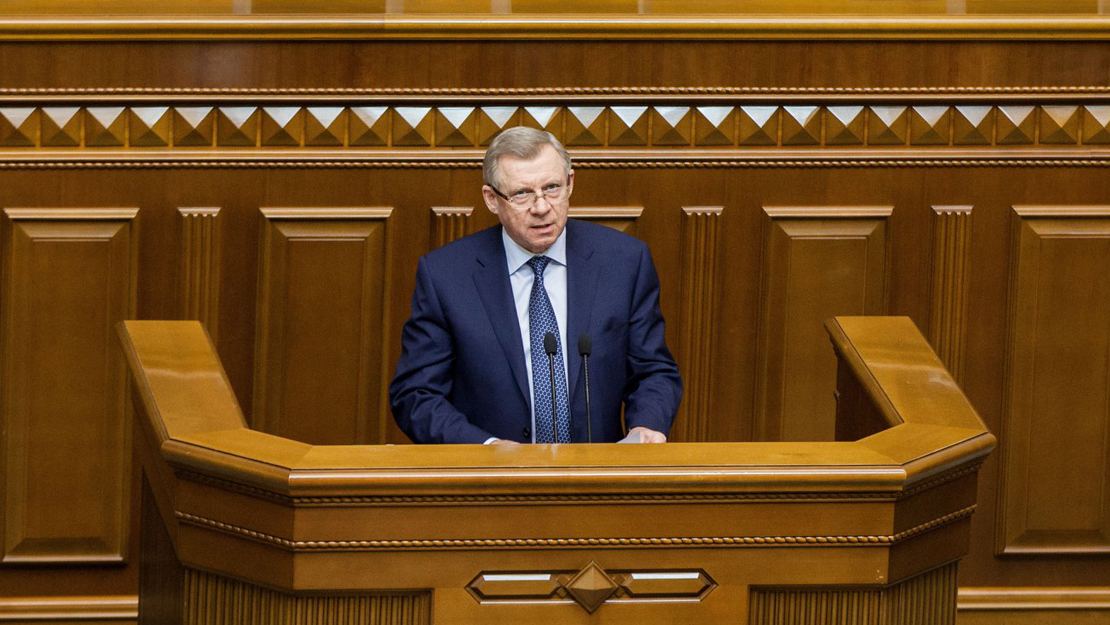Dear colleagues,
Thank you for the opportunity to communicate to you how the National Bank of Ukraine performed in 2018. This meeting is important for us, as it proves our transparency, one of the five key principles on which the NBU operates.
I am convinced that mutual transparency will make our cooperation more productive in 2019. The success of our joint efforts would boost the development of Ukraine’s financial sector.
Before telling you about the NBU’s performance in 2018, I would like to express my highest appreciation for our cooperation last year and thank you for supporting draft laws during the last season that are important for the financial sector.
The year 2018 was marked with a recovery of macrofinancial stability to the level seen before the annexation of Crimea and the Donbas conflict
In 2018, the economy of Ukraine demonstrated the most rapid growth in the past seven years. Real GDP grew 2.8% over three quarters and 3.4% over the year, according to the NBU’s forecast.
Year-end inflation returned to declining and came in at 9.8%, its first single-digit value in five years. This exceeded our inflation target of 6 +/- 2 percent. Consumer price inflation came out higher at the end of the year, but inflation targeting aims not so much to reach a certain inflation level at a certain point in time as to ensure a stable inflation trend that is in line with inflation targets. Looking back at 2017, when the consumer price index exceeded 13%, we take pride in believing that the reduction in this inflation measure is an important achievement of our monetary policy.
Today we can clearly see:
- lower underlying inflationary pressures on the economy of Ukraine
- a more comfortable business environment and an increase in household savings
- inflation gradually approaching the NBU’s medium-term target of 5%.
Indeed, in light of higher inflationary risks, we raised the key policy rate four times in 2018, by a total of 3.5 pp, to the current level of 18.0% per annum.
The NBU implements its monetary policy in close cooperation with the NBU Council, which approves the NBU’s Monetary Policy Guidelines for the year and controls their fulfilment according to our law. We highly appreciate our cooperation with this body, which includes representatives of the Verkhovna Rada of Ukraine and the President of Ukraine.
The rate hikes drove up deposit interest rates, thus making savings more attractive. The availability of loans also improved as a result, but I would like to get back to this issue later in my speech.
In addition, thanks to the tight monetary policy, the favorable global price environment for Ukrainian exports in the first half of the year, and the record harvest of grain crops in the second half of 2018, the hryvnia strengthened by 1.4% over the year.
This is a sign of stabilization in the foreign exchange market of Ukraine. At the same time, Ukrainians now have confidence in the NBU’s ability to smooth out excessive market fluctuations. This is evidenced by the fact that even the Russian aggression in the Kerch Strait and the ensuing imposition of the martial law have not caused any major panic in the foreign exchange market. We highlighted developments in the foreign exchange market and maintained our active presence in it, thus preventing panic among market participants and households.
The stronger hryvnia allowed the NBU to increase international reserves throughout the year by purchasing foreign currency in the interbank market: in 2018, our foreign currency interventions netted an equivalent of USD 1.4 billion, which was used to increase our reserves.
External financing became another source of foreign currency for international reserves: Ukraine entered into the new cooperation program with the IMF, which lays the groundwork for the further strengthening of macrofinancial stability. As a result, USD 2.4 billion was added to the reserves by international partners (the IMF, the EU, and the World Bank).
This propelled international reserves to a five-year high of USD 20.8 billion. The last time we saw such figures was in the fall of 2013.
Let us move on to banking supervision and the state of the banking system.
In 2018, we gave a major overhaul to our prudential function. We implemented the risk-based approach to bank supervision in line with international practices. Thus, the Supervisory Review and Evaluation Process (SREP) has become continuous and is carried out simultaneously for all banks. The supervision strategy, which relies on a set of factors, is developed for each bank individually, based on the Review’s results.
Another innovation introduced last year was the annual assessment of banks' resilience, which consists in asset quality review and – for the largest banks – stress testing. Asset quality reviews and stress testing are a well-established practice among the world’s leading regulators. It prevents excessive accumulation of systemic risks and prepares banks for possible future crises.
The above steps formed the basis of the Macroprudential Policy Strategy approved by the NBU last year. This document identifies the actions to be taken by the NBU in order to fulfill its mandate of ensuring the financial stability necessary for sustainable economic growth.
As part of transitioning to Basel III international regulatory standards for banks, the NBU introduced its first macroprudential instrument last year – the liquidity requirement LCR.
At least as important was the introduction last year of new standards for the organization of a risk management system. The relevant document provides for a greater involvement of a bank’s supervisory board in creating a functioning risk management infrastructure and monitoring compliance with the general principles of risk management. The regulation lists key risks that banks are expected to identify, measure, monitor, control, and report.
In December 2018, we approved a new Regulation on Bank Licensing. This is a fundamentally new document, primarily intended to make possible a transition from the formal to a risk-oriented approach in issues of bank licensing and provide regulators with tools for substantive analysis when implementing approval procedures.
The NBU Credit Register was launched: on September 1, the NBU enabled banks to obtain from the Credit Register the information on debtors, terms of lending operations, fulfillment of obligations under such operations, and borrower class. Banks will now be able to conduct more comprehensive borrower risk assessments and thus feel more secure when lending.
Overall, the banking sector demonstrated good results. As of today, the Ukrainian banking system comprises 77 banks, including 4 state-owned banks and 22 foreign-owned banks. The banking system is not only resilient, well-capitalized, and transparent, but also profitable – for the first time in five years.
Households’ confidence in the banking system is on the rise. Hryvnia retail deposits increased 15% last year.
Banks are finally doing more lending, with hryvnia retail loans up 31% yoy. This level is a good indication of the impact of the NBU’s monetary policy on the volumes of bank lending.
In addition, we can already see a certain recovery in corporate lending. I agree that loan interest rates are high on average. But it should be noted that they depend not only on our key policy rate, but also on external risks that banks take into account when setting their rates.
In 2018, the NBU moved forward with its internal re-organization and improving its own operating performance. We unveiled the medium-term development strategy of the NBU. The Accounting Chamber inspected us in 2018 and confirmed the NBU’s performance standards.
In 2018, we transferred UAH 44.6 billion of our previous year’s profit to the state budget. The NBU transferred its 2017 profit in several installments as per the schedule agreed with the the Ministry of Finance of Ukraine. The installment-based transfer mechanism is meant to level out the impact of government funds on liquidity fluctuations in the banking system and, hence, on inflation developments.
The profit the NBU earned in 2018 will be transferred to the state budget under the same procedure when the amount has been confirmed by an international auditor and the NBU Council has granted the required approval.
Summing up the results of the year, I would like to note that we will continue to work to ensure price and financial stability as a foundation for sustainable economic growth
However, presentation of results is not only an occasion to celebrate accomplishments, but also an opportunity to reflect on challenges and objectives that lie ahead.
We begin 2019 with the long-awaited currency liberalization. The Law On Currency and Currency Operations, which you supported this summer, will come into effect as soon as 7 February, along with relevant NBU regulations. The liberalization will make currency transactions much easier to conduct for households and businesses. We will continue pushing our regime of currency transactions closer to our common goal – free movement of capital. However, as we consistently said before, progress along the liberalization roadmap is only possible if we ensure relevant macroeconomic preconditions.
Implementation in Ukraine of the so-called BEPS package – the action plan to prevent base erosion developed by the Organisation for Economic Co-operation and Development – will contribute to the transition to the free movement of capital. The relevant draft law will be submitted for your consideration in the near future.
We should devote the current year to the next important step without which no financial stability is possible within either the banking sector or the entire financial system. By this I mean the Split project, which is something that stands to shape the future of the nonbank financial sector.
It is not for nothing that the planned adoption of the Split bill by the Verkhovna Rada has become one of the structural milestones in the new program of cooperation between Ukraine and the IMF as a prerequisite for strengthening the financial sector. The new law will bring the nonbank financial market in alignment with European standards, enhance the quality of financial companies’ operation, protect financial services consumers, and encourage the arrival of new international players in this market by creating the right conditions.
Resumption of lending is another NBU’s priority for 2019. Despite the progress made over the past two years in certain customer segments, banks still operate below full capacity, especially as regards large corporate borrowers and retail mortgage lending.
We realize that a more active recovery in lending is currently impeded by the high level of nonperforming loans. The market supports creating a legal framework for asset resolution companies as a way to resolve this problem. The relevant draft law developed in cooperation with the EBRD can create a proper competitive environment in the secondary loan market of Ukraine and thus lead to a rapid decrease in banks’ problem portfolios.
Let me reiterate that institutional risks remain high. In particular, this is due to the fact that the judicial reform, which would ensure the strict observance of laws and protection of creditor rights, is still underway. Banks take these risks into account when setting their interest rates. Therefore, whether lending will be resumed relies on progress in this area as well.
I would like to conclude by noting that it is more than ever important for us to cooperate for the sake of the effective development of the financial sector. I reaffirm the NBU’s adherence to the transparency principle. We will continue to widen the scope of our discussions, and we hope to have a productive dialogue with the parliament going forward. Let us engage in a mutually beneficial and effective cooperation.
Thank you for your attention!








